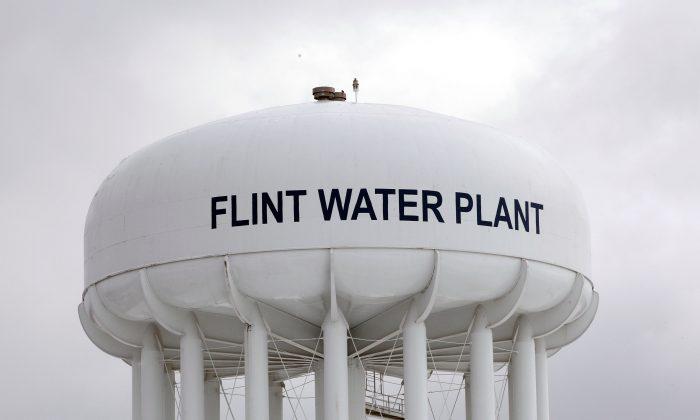Some officials attempted to evade lead contamination detection by getting water samples from locations less likely to have lead problems, according to the report. They also used water sampling methods that decreased the chances of finding high lead levels.
In February, the EPA issued a “guidance” document discouraging such methods, but only after such techniques were “long allowed to continue unabated.”
The NRDC said one of its top priorities now is addressing the ongoing water crisis in Flint. The organization has filed a joint lawsuit in federal court, with the goal to bring Flint in compliance with federal safe drinking water laws and replace Flint’s lead service lines.
In its report, the NRDC highlights major changes that are needed at the national level to ensure safe drinking water:
- Fix Flint, with both immediate emergency relief, and long-term infrastructure and systemic improvements.
- Get the lead out. Invest in the rest of the country’s water infrastructure, removing lead service lines and fixing other water problems with a prioritization of underserved communities.
- Fix our drinking water laws and rules. Implement and enforce a bolstered Lead and Copper Rule, while letting citizens more easily sue for relief from contaminated water.
- Address environmental injustice, giving local communities who bear a disproportionate burden of polluted water opportunities to participate in developing solutions to drinking water infrastructure challenges.





Friends Read Free